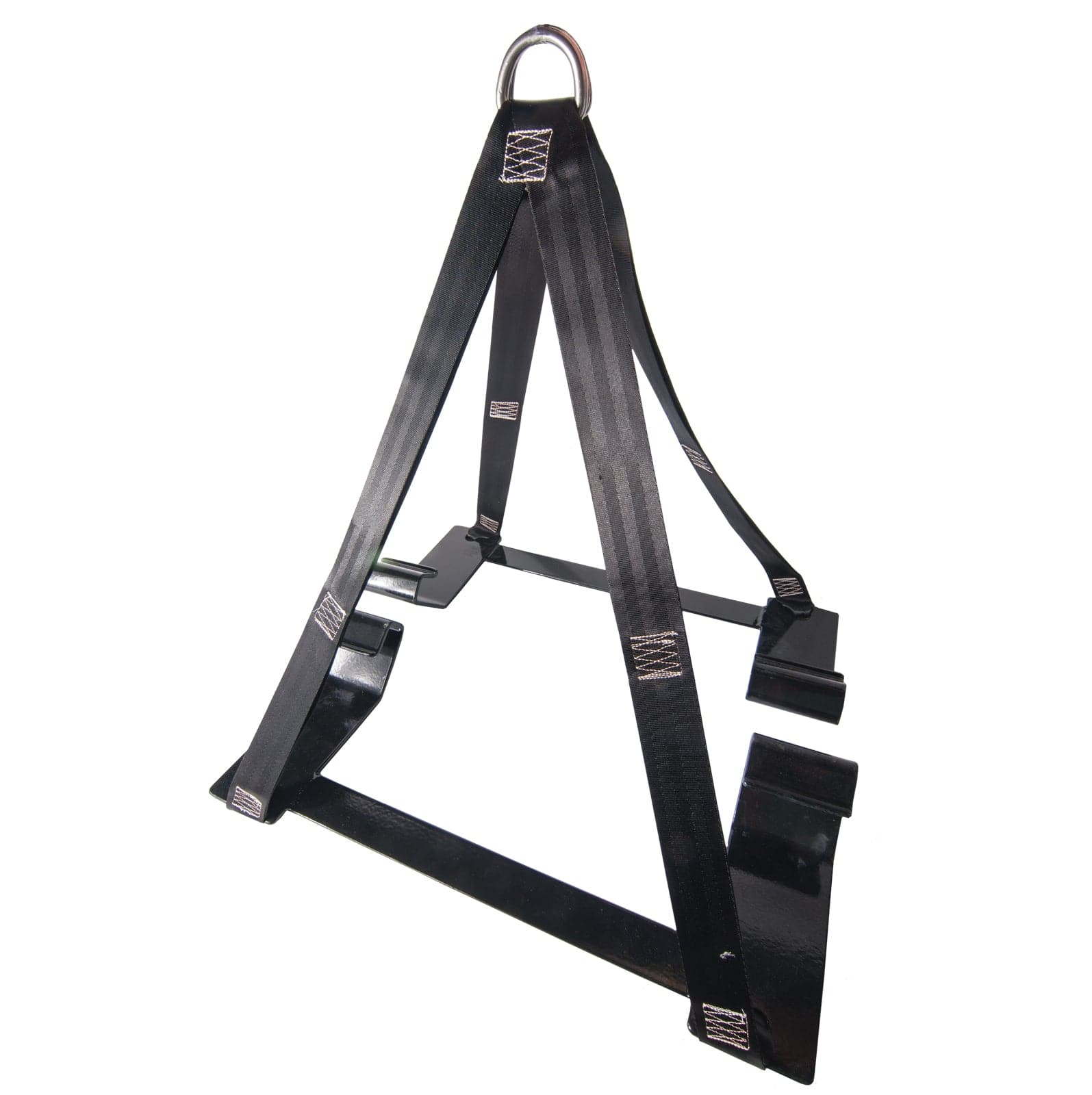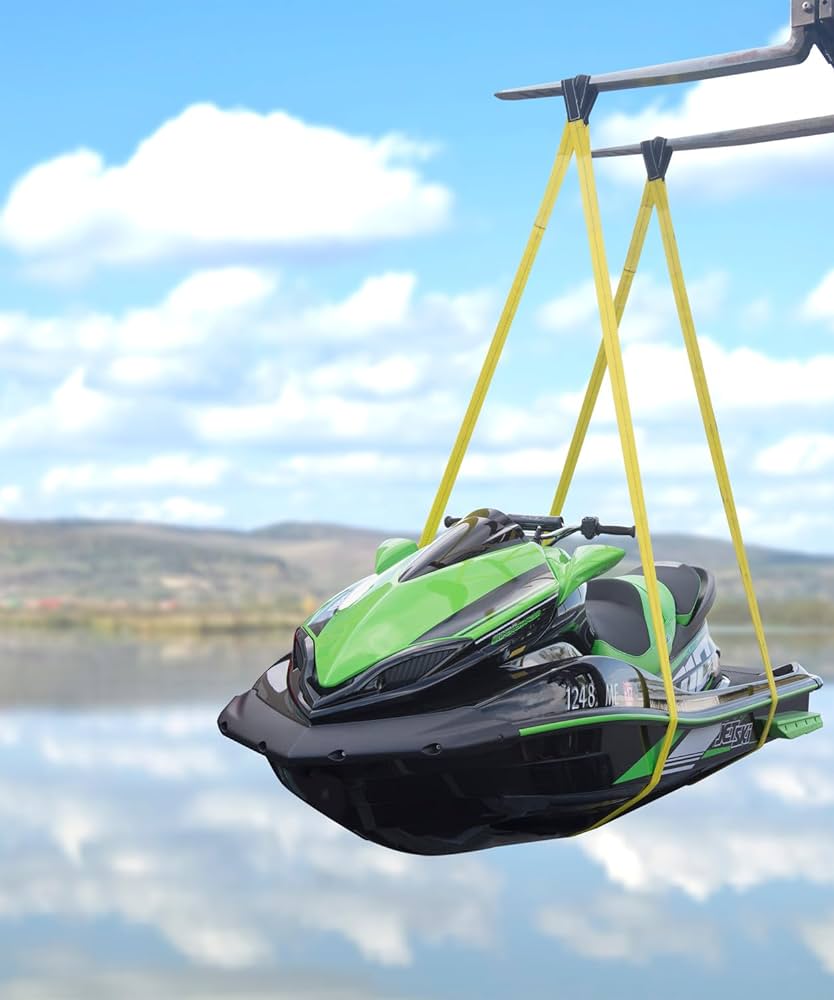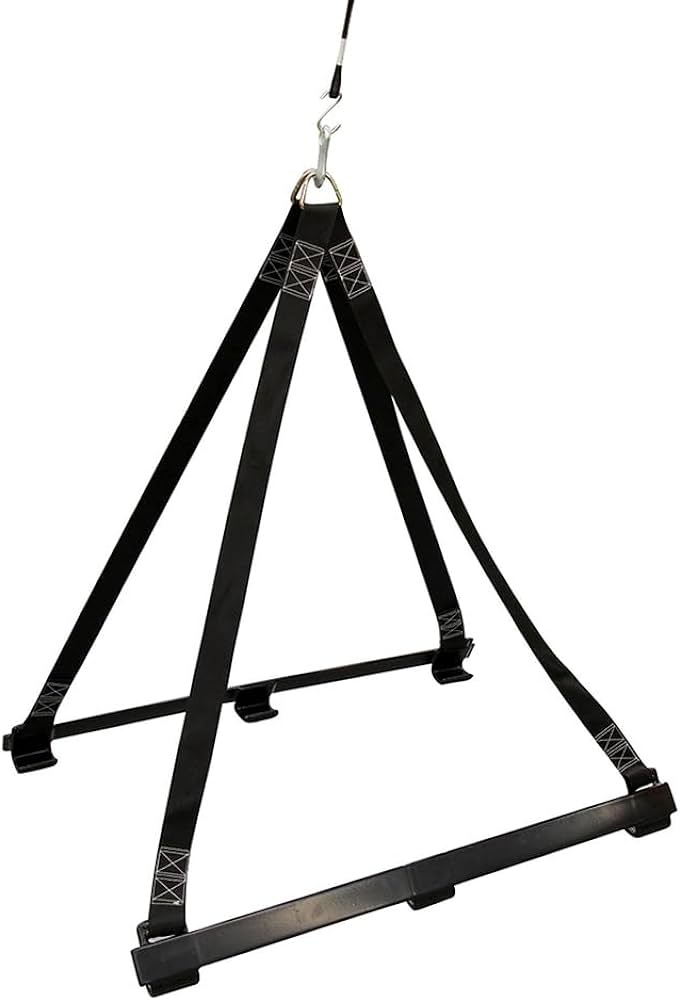I. Introduction
A. Overview of Watercraft Lift Slings:
Watercraft lift slings are indispensable components of boat lift systems, providing a secure and efficient means of lifting and storing personal watercrafts (PWCs) and other small boats. These slings are designed to distribute the weight of the watercraft evenly, minimizing stress on the lift mechanism and preventing damage to the watercraft’s hull.
B. Purpose of the Guide:
This comprehensive guide delves into the world of watercraft lift slings, empowering you to make an informed decision about selecting the right sling for your needs. We’ll explore the features and benefits of these slings, their various types and capacities, tips for choosing the right sling for your watercraft, popular watercraft lift sling brands, and where to buy them.
II. Understanding Watercraft Lift Slings
A. Key Features of Watercraft Lift Slings:
-
Durability: Constructed from high-strength materials like polyester or nylon webbing, watercraft lift slings are designed to withstand the rigors of repeated lifting and lowering.
-
Load Capacity: Slings are rated for specific weight capacities, ensuring they can safely handle the weight of your watercraft.
-
Protective Padding: Many slings feature padding or protective sleeves to prevent damage to the watercraft’s hull during lifting and storage.
-
Adjustment Straps: Adjustable straps allow for a snug fit around the watercraft’s hull, ensuring a secure and stable lift.
-
Attachment Points: Slings typically have multiple attachment points to connect to the lift mechanism, distributing the weight evenly.
B. Benefits of Watercraft Lift Slings:
-
Safe Lifting: Slings provide a safe and controlled method for lifting and lowering watercraft, preventing damage to the watercraft and the lift mechanism.
-
Efficient Operation: Slings allow for quick and easy lifting and lowering, saving time and effort.
-
Damage Protection: Padding and protective sleeves safeguard the watercraft’s hull from scratches and dents.
-
Versatility: Slings can be used with a variety of boat lift systems and watercraft types.

III. Types and Capacities of Watercraft Lift Slings
A. Common Types of Watercraft Lift Slings:
-
Two-Point Slings: These slings attach to two points on the watercraft’s hull, providing a simple and effective lifting solution.
-
Three-Point Slings: Offering additional stability, three-point slings attach to three points on the watercraft’s hull, distributing weight more evenly.
-
Cradles: Cradles provide a full-support lifting system, enveloping the entire hull for maximum protection.
B. Load Capacity Considerations:
-
Match Sling Capacity to Watercraft Weight: Choose a sling with a load capacity that exceeds the weight of your watercraft.
-
Consider Future Needs: If your watercraft upgrades are likely, opt for a sling with a higher capacity than currently needed.
-
Safety Margin: Allow a safety margin by choosing a sling with a load capacity slightly higher than your watercraft’s weight.
IV. Choosing the Right Watercraft Lift Sling for Your Needs
A. Factors to Consider:
-
Watercraft Type and Size: Determine the type and size of your watercraft to identify compatible sling options.
-
Lift System Compatibility: Ensure the sling’s attachment points are compatible with your boat lift system.
-
Load Capacity Requirements: Select a sling with a load capacity that exceeds your watercraft’s weight.
-
Protective Features: Consider slings with padding or protective sleeves for added hull protection.
-
Ease of Use: Choose a sling that is easy to attach, adjust, and remove.
B. Popular Watercraft Lift Sling Brands:
-
Boat Bunkers: Offers a wide range of slings, including two-point, three-point, and cradle designs.
-
USA Tools: Known for their durable and affordable slings made from high-strength polyester webbing.
-
CML Distribution: Provides a variety of sling options, including slings with custom logos and branding.

V. Where to Buy Watercraft Lift Slings
Watercraft lift slings can be purchased from various sources, including:
-
Online Retailers: Online retailers like Amazon and BoatUS offer a wide selection of slings at competitive prices.
-
Marine Supply Stores: Local marine supply stores can provide expert advice and help you choose the right sling for your needs.
-
Boat Lift System Manufacturers: Many boat lift system manufacturers also sell compatible slings.
…and damage-free lifting of your PWC or small boat. By understanding the different types, capacities, and features of watercraft lift slings, you can make an informed decision that protects your investment and streamlines your boating experience.
VII. Additional Considerations for Safe and Efficient Lifting
Even with the right sling, proper lifting techniques are crucial for safety and longevity of your equipment. Here are some additional tips:
-
Consult your Boat Lift System Manual: Refer to your boat lift system’s manual for specific instructions on sling attachment and lifting procedures.
-
Inspect Your Sling Regularly: Before each use, thoroughly inspect your sling for signs of wear and tear, such as fraying, cuts, or UV damage. Damaged slings pose a safety risk and should be replaced.
-
Balance the Load Evenly: Ensure the watercraft is centered in the sling and weight is evenly distributed across all attachment points.
-
Lift Slowly and Steadily: Avoid jerky movements during lifting and lowering. Operate the lift mechanism at a slow and controlled pace.
-
Visually Inspect During Lifting: While lifting, visually inspect the sling and watercraft for any abnormalities. Stop the lift immediately if you notice any concerns.

VIII. Maintaining Your Watercraft Lift Sling
Proper care extends the lifespan of your watercraft lift sling and ensures optimal performance. Here are some maintenance tips:
-
Rinse with Fresh Water: After use in saltwater environments, rinse your sling thoroughly with fresh water to remove any salt residue that can cause corrosion.
-
Store Out of Direct Sunlight: When not in use, store your sling in a cool, dry place out of direct sunlight. UV exposure can deteriorate the sling material over time.
-
Clean Occasionally: You can occasionally clean your sling with a mild soap solution and a soft brush. Allow the sling to dry completely before storing.
By following these additional considerations and maintenance practices, you can ensure the safe and reliable operation of your watercraft lift system for years to come.
IX. Conclusion
Investing in a high-quality watercraft lift sling is a wise decision for any PWC or small boat owner who utilizes a boat lift system. By understanding the different types, capacities, features, and proper lifting techniques, you can ensure the safety of your watercraft and maximize the efficiency of your boat lift system. Remember to prioritize regular inspections, proper maintenance, and safe lifting practices for a worry-free boating experience.
-


Leave a Reply